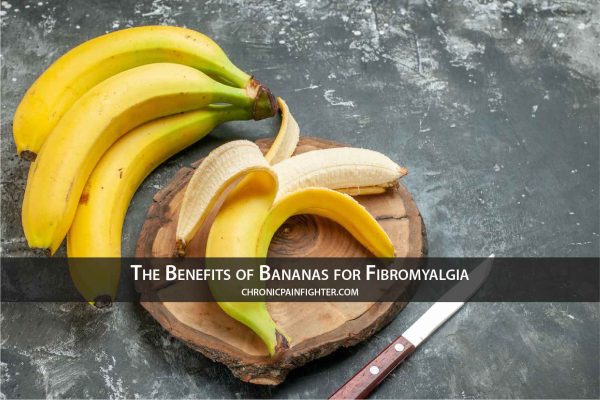Fibromyalgia is a chronic condition that causes widespread musculoskeletal pain, fatigue, and tenderness. Many people with fibromyalgia experience stiffness and tenderness, particularly in the morning or after periods of inactivity. These symptoms can significantly impact daily life, making it difficult to move, perform everyday tasks, and enjoy physical activities.
This article delves into the causes of stiffness and tenderness in fibromyalgia, explores effective strategies for managing these symptoms, and provides practical tips for finding relief.
Understanding Stiffness and Tenderness in Fibromyalgia
Stiffness and tenderness are common symptoms of fibromyalgia. They stem from a complex interplay of factors, including:
- Muscle and soft tissue dysfunction: The pain signals in fibromyalgia affect the muscles and soft tissues surrounding the joints, leading to stiffness and tenderness.
- Central sensitization: Fibromyalgia involves heightened sensitivity to pain signals in the central nervous system. This amplified response to pain can make even minor movements or pressure feel painful and uncomfortable.
- Sleep disturbances: Sleep disruptions are common in fibromyalgia. Poor sleep quality can contribute to muscle stiffness and tenderness, as the body doesn’t have adequate time to rest and repair itself.
- Inflammation: Low-grade inflammation may play a role in fibromyalgia, potentially contributing to stiffness and tenderness.
Managing Stiffness and Tenderness: Strategies for Finding Relief
Managing stiffness and tenderness in fibromyalgia requires a multi-faceted approach. The following strategies can help alleviate symptoms and improve overall function:
1. Regular Exercise: The Power of Movement
Regular exercise is crucial for managing stiffness and tenderness. It improves blood flow, strengthens muscles, and increases flexibility.
- Start slowly: Begin with gentle exercises like walking, swimming, or yoga.
- Listen to your body: Avoid pushing yourself too hard, as this can worsen pain.
- Find activities you enjoy: Choose activities that you find motivating and enjoyable to promote consistency.
2. Warm Baths and Showers: Soothing Relief
Warm baths and showers can effectively relax muscles and relieve stiffness. The heat helps to improve blood flow and reduce inflammation.
- Use Epsom salts: Epsom salts contain magnesium, which can help to reduce muscle tension and pain.
- Warm compresses: Apply warm compresses or heating pads to specific areas of tenderness for additional relief.
3. Massage Therapy: A Hands-On Approach
Massage therapy can provide significant relief from stiffness and tenderness.
- Different types of massage: Explore different massage techniques, such as Swedish massage, deep tissue massage, or trigger point therapy.
- Consult with a qualified therapist: Find a massage therapist experienced in working with fibromyalgia.
4. Yoga and Stretching: Flexibility and Balance
Yoga and stretching can improve flexibility, reduce muscle tension, and increase range of motion.
- Gentle yoga postures: Start with beginner-friendly yoga postures that focus on stretching and strengthening.
- Tailor your practice: Modify postures as needed to avoid pain or discomfort.
5. Medications: Managing Pain and Inflammation
Medications can play a vital role in managing stiffness and tenderness.
- Pain relievers: Over-the-counter pain relievers, such as acetaminophen or ibuprofen, can help reduce pain and inflammation.
- Prescription medications: Doctors may prescribe stronger medications, such as muscle relaxants, antidepressants, or anticonvulsants, to manage pain and stiffness.
6. Cognitive Behavioral Therapy (CBT): Understanding and Managing Pain
Cognitive behavioral therapy (CBT) is a type of psychotherapy that helps individuals identify and challenge negative thoughts and behaviors associated with pain.
- CBT techniques: CBT teaches strategies for managing pain, reducing anxiety, and improving sleep quality.
- Professional guidance: Working with a therapist trained in CBT can be beneficial for learning effective coping mechanisms.
7. Lifestyle Modifications: Prioritizing Your Well-being
Making healthy lifestyle changes can contribute to better pain management.
- Adequate sleep: Aim for 7-9 hours of restful sleep each night.
- Stress management: Practice relaxation techniques, such as deep breathing, meditation, or mindfulness, to manage stress.
- Balanced diet: Eat a healthy diet rich in fruits, vegetables, and whole grains.
8. Alternative Therapies: Complementary Approaches
- Acupuncture: Acupuncture is a traditional Chinese medicine practice involving inserting thin needles into specific points on the body.
- Tai Chi and Qigong: These gentle mind-body practices can improve balance, flexibility, and reduce stress.
Practical Tips for Living with Stiffness and Tenderness in Fibromyalgia
- Warm-up before activity: Gently warm up muscles before engaging in physical activities to prevent injury and stiffness.
- Avoid overexertion: Listen to your body and avoid activities that cause excessive pain or fatigue.
- Rest when needed: Don’t hesitate to rest when you’re experiencing heightened stiffness and tenderness.
- Use assistive devices: Consider assistive devices, such as canes or walkers, to reduce strain on joints and muscles.
- Maintain a positive attitude: Staying positive and focused on managing your condition can be empowering.
Seeking Professional Help
Managing stiffness and tenderness in fibromyalgia requires a collaborative approach with healthcare professionals.
- Consult a doctor: Talk to your doctor about your symptoms and explore different treatment options.
- Physical therapist: A physical therapist can design individualized exercise programs to improve flexibility and strengthen muscles.
- Pain management specialist: A pain management specialist can provide additional guidance on pain management strategies.
Conclusion
Living with stiffness and tenderness in fibromyalgia can be challenging, but it is possible to find relief and live a fulfilling life. By adopting a comprehensive management approach that includes exercise, lifestyle modifications, and professional support, you can effectively manage these symptoms and improve your overall well-being.
Remember, it’s crucial to be patient with yourself and celebrate small victories along the way. Your journey toward managing stiffness and tenderness is a marathon, not a sprint. With determination and the right strategies, you can overcome these challenges and embrace a more comfortable and active life.






